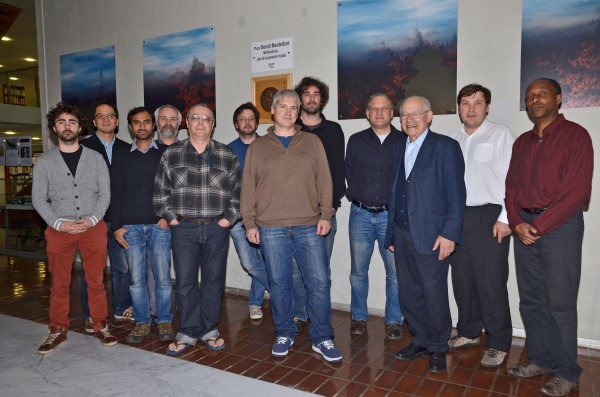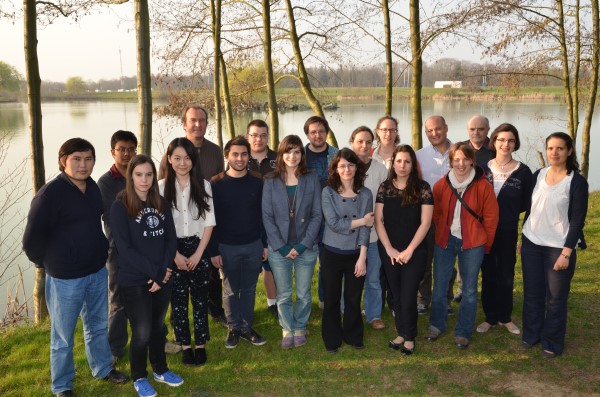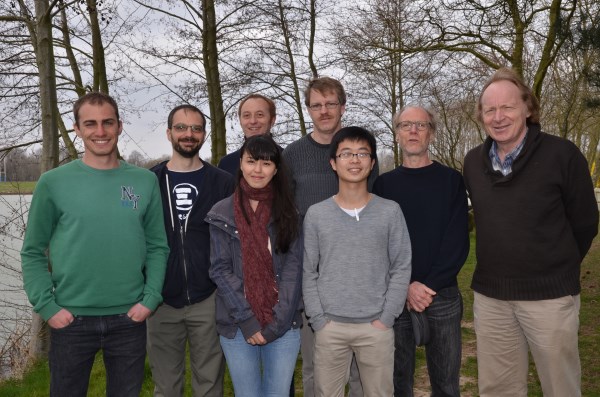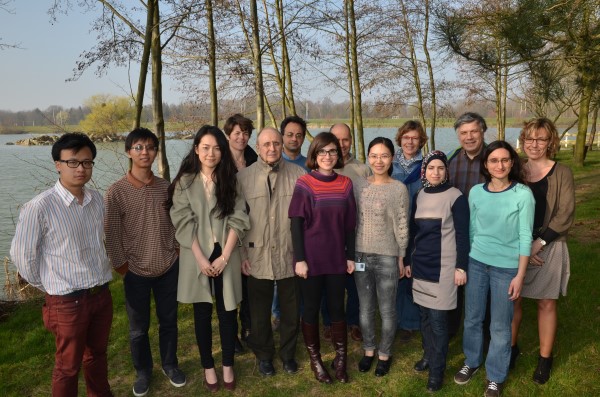PMC is composed of four research groups plus two support groups (administrative and technical).
Scientific activities are organized into two main areas, either nanosciences or irregular systems. Activities in the nanosciences area include the synthesis and characterization of thin films and particles, the physical study of magnetism, optical properties, matter transport and electrical transport in nano-objects, and the development of biosensors. Work in the irregular systems field includes the study of the influence of geometrical irregularities on morphogenesis, on dynamics and on matter transport. PMC facilitates the emergence of multidisciplinary and inter team subjects, with each team maintaining a balance between fundamental research and industrial cooperation.
PMC is a joint CNRS-Ecole Polytechnique laboratory within the Institute of Physics and the Institute of Chemistry of the CNRS. Its activities are annually evaluated by four sections of the CNRS (03, 05, 14, 15).
– Irregular Systems Physics :

This team studies irregular systems in which physical, chemical and biological processes take place. Its principal tools are numerical simulations and modelling, which often require the use of parallel computing using clusters along with the development of optimized code. An example of this is the development and use of the so-called ‘phase field’ model which can be applied to a wide variety of physical systems. In addition to the modelling and simulation activity, the team also uses experimental magnetic resonance techniques to study fluid flow in porous media. The team has made significant contributions to the physiological understanding of lung function, the development of noise absorbing barriers, and in concrete fabrication processes.
– Solid state Chemistry group :

This team prepares and studies inorganic and organic/inorganic hybrid materials. Such materials can have a wide variety of properties, from luminescence adapted to the study of biological molecules in cells to optically and catalytically active glasses. The materials can be structured and arranged so as to optimize the absorption or extraction of light for lighting and photovoltaic applications. Other materials studied have electrical properties suitable for microelectronics or fuel cells. In addition to traditional ceramic fabrication techniques, more novel soft chemistry methods (sol-gel, colloidal synthesis) which allow for materials to be developed in several forms : solids, thin films, powders, colloids etc… Characterization techniques used to determine material properties include X-ray diffraction, NMR, SQUID magnetometry and scanning electron microscopies.
– Electrons-Photons-Surfaces :

This team studies electron physics in semiconductors and their nanostructures using a variety of experimental tools including polarized microluminescence, UHV electron spectroscopy, small signal transport measurements, near field microscopies including STM, SNOM and shear force microscopy. The team has made significant contributions to the knowledge of the electromechanical properties of semiconductor nanostructures, to a quantitative understanding of the physical processes limiting conversion efficiency in semiconductor LEDs, and to the knowledge of novel coupling phenomena during spin-dependent transport in semiconductors. In addition to the principal activities concerning semiconductors, the team has also made contributions in the field of light-deformable materials.
– Thin Films and Electrochemistry :

This team explores the physics and chemistry of surfaces and interfaces with particular emphasis on the use of electrochemical techniques to study the dynamics of functional nanostructures. The team has focused on the in-situ study of thin film growth, and in particular on magnetic thin film growth, using an STM adapted to use in an electrochemical environment. This has enabled the group to make contributions to the knowledge of the size, structure and environmental dependence of the magnetic properties of these nanostructures. The team has also invested in the study of organizational processes and molecular interactions on surfaces with a view towards applications in biosensing, information storage and energy storage.

